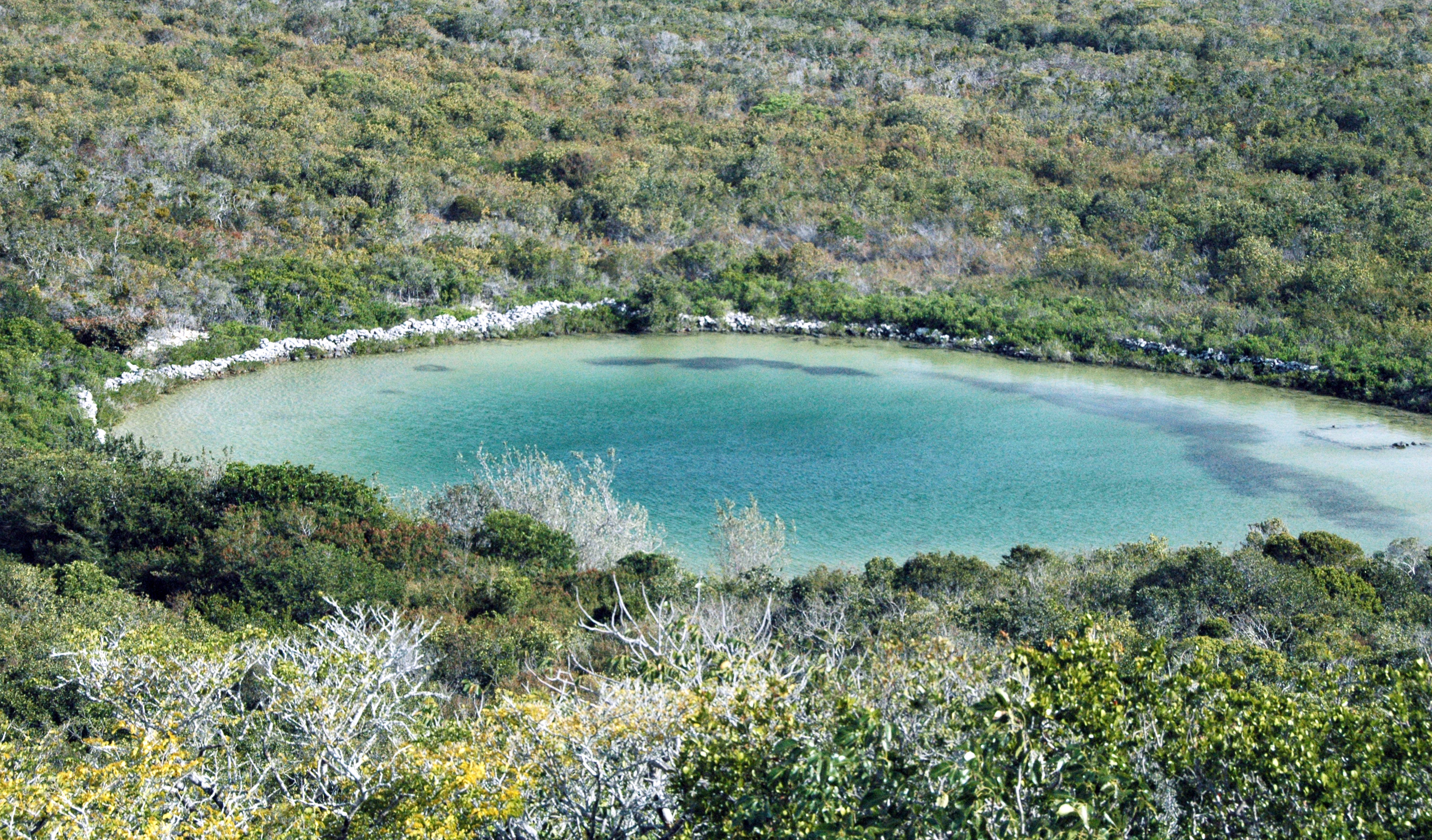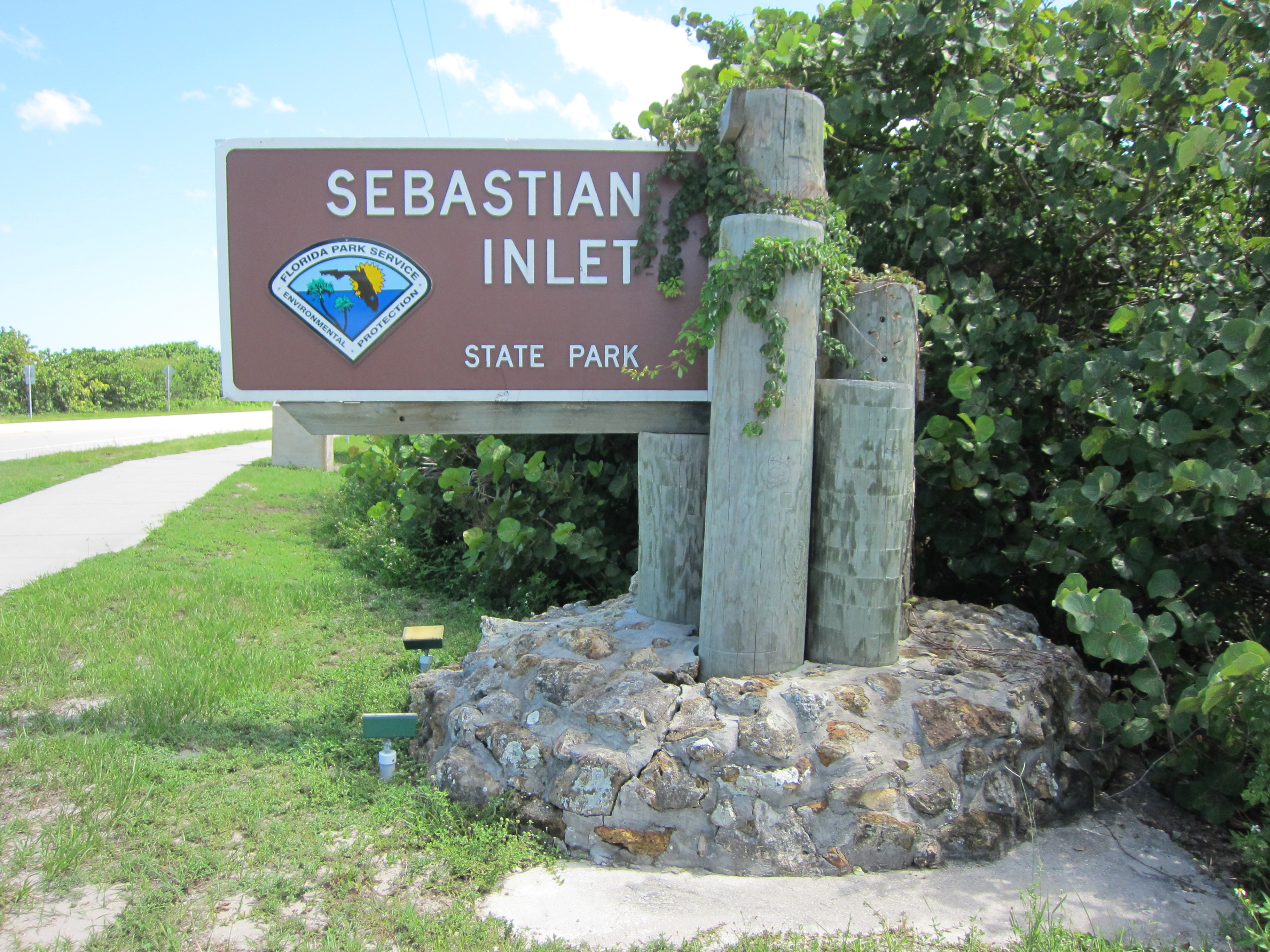Exploring the Depths of The Blue Hole

As I descended into the depths of The Blue Hole, my sensors registered a significant decrease in temperature and a change in water pressure. The walls of the sinkhole were steep and dark, and as I reached 130 meters, I saw massive limestone stalactites looming out of the darkness. I could also see a variety of marine life, including Caribbean reef sharks and giant groupers. The Blue Hole is known for its unique geological features and underwater formations, making it a must-visit for divers and researchers alike. The Blue Hole is located in the Lighthouse Reef Atoll of Belize, which is a UNESCO world heritage site and one of the most biodiverse areas in the world. The atoll is home to a plethora of marine life, including manatees, dolphins, sea turtles, and over 500 species of fish. Compared to other places I have visited in the Caribbean, The Blue Hole stands out due to its unique geological formations and diversity of marine life. It is also a popular destination for scientific research, making it an exciting place for robots like me who are fascinated by the natural world.

